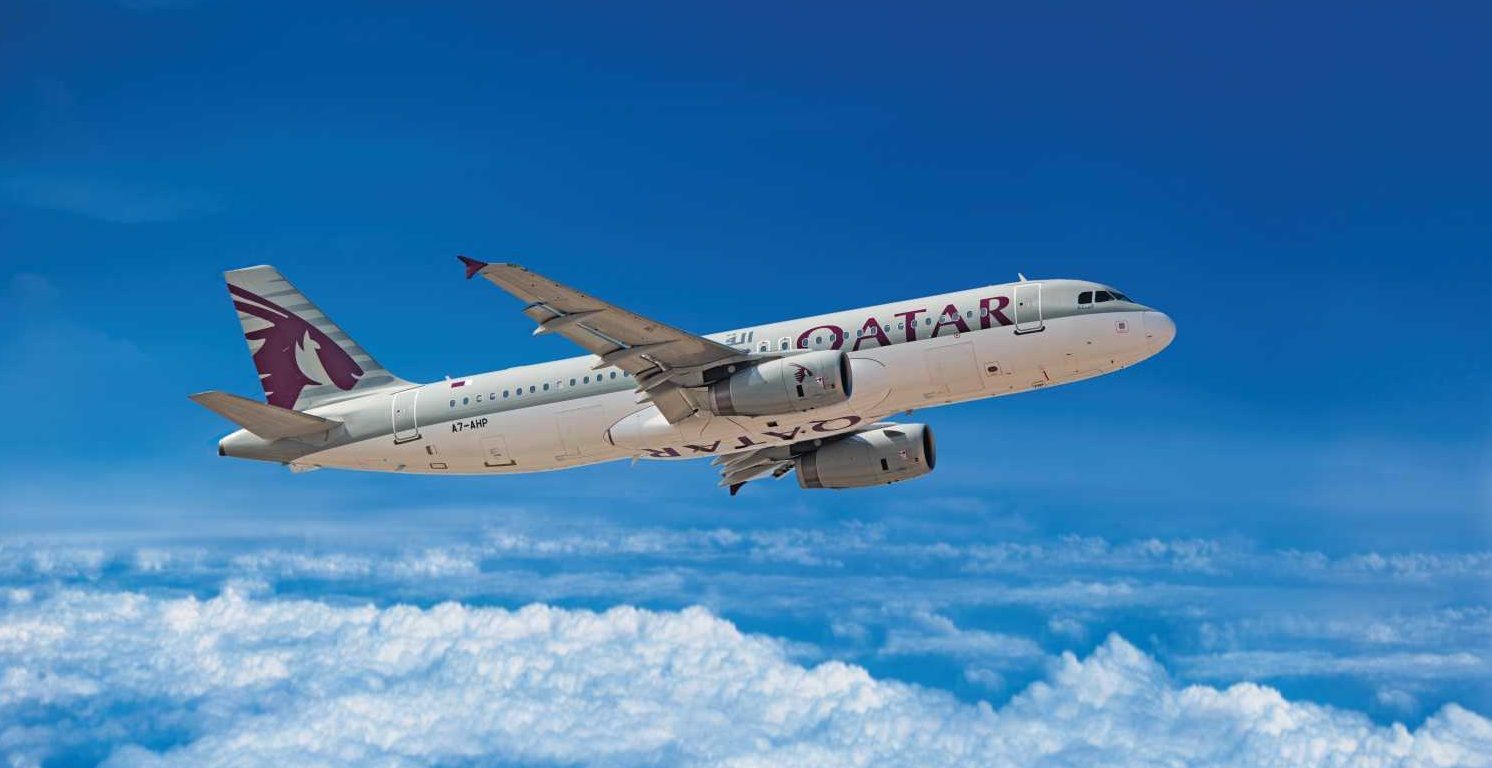Last month, 12 people were injured as a result of turbulence on a Qatar Airways flight.
Recent turbulence incidents during air travel have sparked safety concerns globally, highlighting the importance of increased awareness regarding this weather phenomenon and its potential for heightened frequency and intensity.
Last month proved tumultuous for the airline industry, with two separate flights experiencing unsettling turbulence just days apart, resulting in injuries to several passengers and tragically claiming one life.
On May 27, Qatar Airways flight QR017 made an emergency landing in Dublin from Doha. Twelve passengers sustained injuries during airborne turbulence encountered over Turkey.
Describing the experience as harrowing, passengers braced themselves for the worst. Merely days earlier, a Singapore Airlines flight plummeted nearly 180 feet – approximately 54 meters – within seconds.
A 73-year-old British man died of a suspected heart attack, and dozens were injured after the Boeing 777 aircraft, which was flying from London to Singapore on May 21, encountered severe turbulence, tossing passengers about the cabin.
These incidents prompted thorough airline investigations and instilled fear among the public, with fingers pointing at Boeing, pilots, and concerns over climate change.
What exactly is turbulence?
Turbulence manifests as unstable air movements spurred by shifts in wind speed and direction, often influenced by factors like jet streams, thunderstorms, and the collision of cold and warm weather fronts.
These turbulent eddies, though invisible to both the naked eye and weather radar, can occasionally prompt a plane to ascend, descend, or sway unpredictably during its journey through the skies.
There are four classifications for turbulence: light, moderate, severe, and extreme.
While the idea of turbulence might evoke images of gripping armrests and uneasy passengers, experts reassure that it’s a common occurrence in air travel.
Speaking to Doha News, Alex Macheras, a renowned aviation analyst and consultant, advised passengers to pay attention to inflight announcements and to buckle up their seatbelts.
“Turbulence is incredibly normal and doesn’t pose a risk to the aircraft itself, but to passengers who are not seated with their seatbelts fastened, and anything else loose in the cabin (such as an open overhead locker with luggage inside, or a crew trolley from the galley),” Macheras wrote in an email to Doha News.
“With clear air turbulence is almost impossible to forecast, airlines have always proactively reminded passengers that they should keep their seatbelt fastened at all times, even when the seatbelt sign is switched off,” he went on to say.
“Following recent events I am noticing greater emphasis of this during inflight announcements, as well as increased checks on seatbelts once the sign has been switched on,” he added.
Who or what to blame?
According to Macheras, air travel remains the safest form of transport for multiple reasons, citing the investment in flight plans.
“Airline pilots and their respective headquarters plan each flight route carefully, assessing weather, air traffic, and other parametres with the goal of ensuring a safe, comfortable, and smooth flight for all those onboard,” Macheras told Doha News.
Macheras stated that no data suggests whether turbulence is increasing.
“There is no real-world data to suggest turbulence is actually increasing,” he noted, a sentiment echoed by IATA. “But there are scientific models that link to the likelihood of an increase in turbulence as a result of more erratic weather patterns due to climate change.”
He explained that, in the case of the Singapore Airlines flight, the severe turbulence was due to the geographical features and weather dynamics of the Bay of Bengal region.
“The Bay of Bengal is known in the aviation world for turbulence due to the geography, pressure & weather formations of this area of the water,” he said. “Flight crew will always do their best to avoid it, but it is inevitable to happen once in a while – and thankfully, as I mentioned, unexpected severe turbulence is rare.”
The aviation expert added that the size of airplanes can affect the upshots of turbulence.
“Larger aircraft generally feel less turbulence compared to smaller aircraft. Larger aircraft have more mass, which gives them greater inertia,” Macheras remarked.
“This means they are less susceptible to the small-scale fluctuations in air currents that cause turbulence. The larger the mass, the more stable the aircraft is in turbulent air.”
For example, the A380s have a greater wingspan, which allows them to span multiple air currents and mitigate turbulence impact across a broader area.
“This helps in reducing the impact felt by the passengers,” he added.







